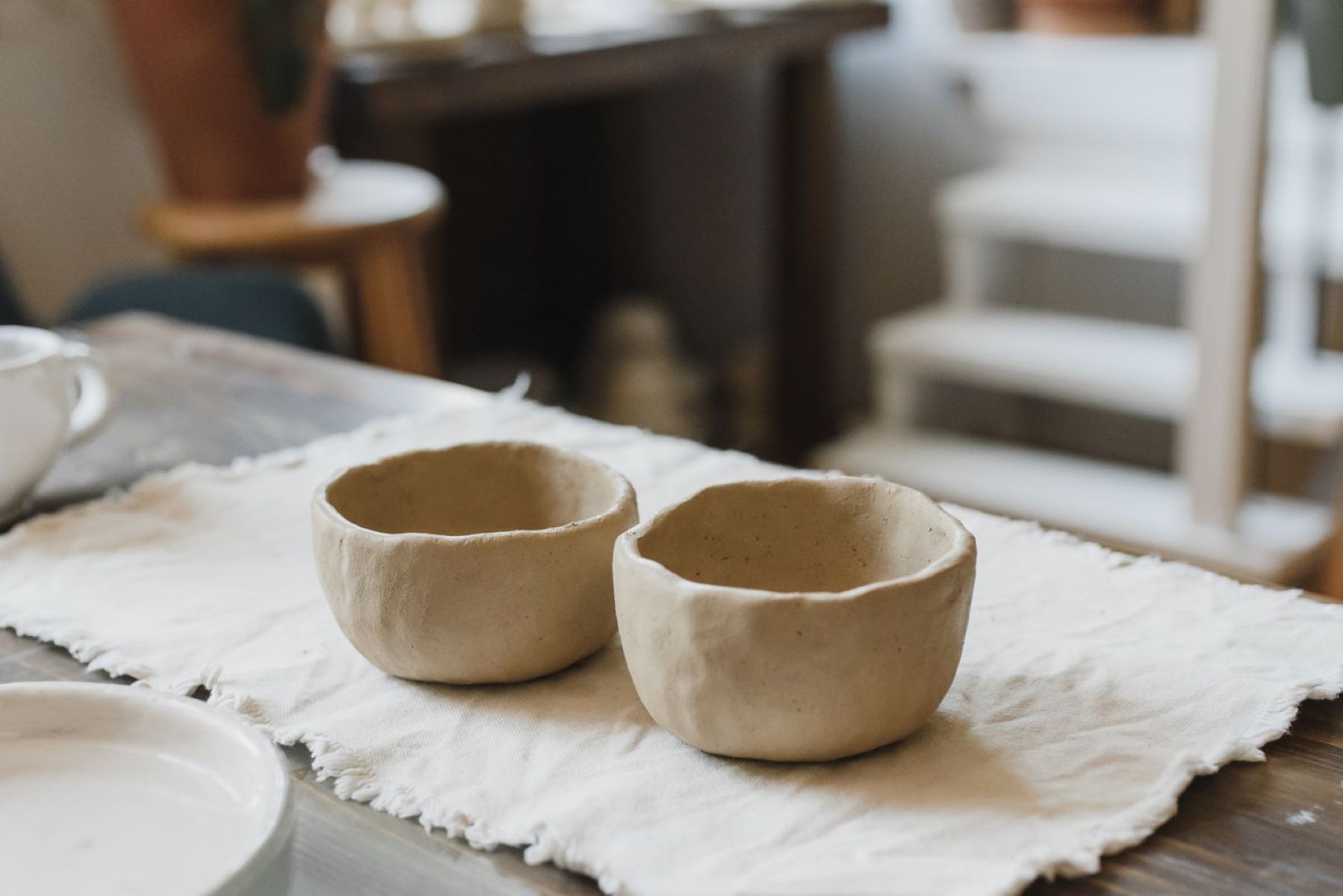

Articles
How To Store Pottery Clay
Modified: December 7, 2023
Learn how to properly store pottery clay with these informative articles. Find tips and techniques for keeping your clay fresh and ready to use.
(Many of the links in this article redirect to a specific reviewed product. Your purchase of these products through affiliate links helps to generate commission for Storables.com, at no extra cost. Learn more)
Introduction
When it comes to working with pottery clay, proper storage is crucial to maintain its moisture content and ensure its usability over time. Whether you are a beginner or an experienced potter, understanding how to store pottery clay correctly is essential to prevent it from drying out or becoming unusable.
Storing clay involves a few key steps, including choosing the right type of clay, preparing it for storage, and storing it in the appropriate manner. By following these guidelines, you can extend the lifespan of your clay and avoid potential frustrations when it comes time to use it for your projects.
In this article, we will explore the various methods and techniques for storing pottery clay effectively. We will cover everything from choosing the right clay to rehydrating dry clay, providing you with the knowledge you need to keep your clay in optimal condition.
Key Takeaways:
- Choose the right clay type and prepare it for storage to maintain its moisture content and usability. Proper storage methods such as bag storage, shelf organization, and container storage help extend the lifespan of your pottery clay.
- If your clay dries out, don’t worry! You can rehydrate it by breaking it into smaller pieces, soaking it in water, and kneading it to achieve a workable consistency. With proper storage and rehydration, maximize the use of your pottery materials.
Read more: How To Store Clay
Choosing the Right Clay
When it comes to storing pottery clay, the first step is to choose the right type of clay for your projects. There are various types of clay available, each with its own characteristics and properties. Clay can be classified into three main categories: earthenware, stoneware, and porcelain.
Earthenware clay is the most common and widely used type of clay. It is relatively easy to work with, has a lower firing temperature, and is suitable for creating low-fire pottery. It is more porous and less durable compared to stoneware and porcelain.
Stoneware clay is known for its strength and durability. It is fired at higher temperatures, resulting in a denser and more sturdy finished product. Stoneware clay is ideal for functional pottery pieces such as bowls, mugs, and plates.
Porcelain clay is a fine-grained clay that is known for its translucency and delicate nature. It is fired at high temperatures, resulting in smooth and elegant ceramic pieces. Porcelain is often used for creating delicate and intricate pottery.
When choosing clay for storage, it’s important to consider the type of projects you intend to create and the firing temperature of your kiln. Make sure to select clay that is compatible with your artistic goals and firing methods.
Additionally, consider the moisture content of the clay. Clay comes in different moisture levels, ranging from soft or wet to stiff or leather-hard. The moisture content affects the workability of the clay and its storage requirements.
Take into account your skill level and the time you have available for working with clay. If you are a beginner or have limited time to dedicate to pottery, it may be wise to choose a clay that has a longer shelf life and is more forgiving when it comes to drying out.
By selecting the right type of clay for your needs and considering its moisture content, you can ensure that your clay will stay in optimal condition during storage.
Preparing the Clay for Storage
Before storing pottery clay, it is important to prepare it properly to maintain its moisture content and prevent it from drying out. Here are some steps to follow when preparing clay for storage:
- Remove air bubbles: When clay is delivered in a bag, it may contain air bubbles. To prevent the clay from drying out unevenly, gently knead it and press out any trapped air bubbles.
- Check for contaminants: Inspect the clay for any foreign objects, such as rocks or debris. Remove them to prevent damage to your pottery wheel or any potential obstacles when working with the clay.
- Restore moisture: If the clay feels dry or stiff, you can add moisture to it to bring it back to a workable consistency. Sprinkle a small amount of water on the clay surface and knead it until it becomes pliable.
- Weigh and divide: Weigh your clay to ensure consistency in your projects. Divide it into smaller portions or into sizes that are manageable for your work. This will make it easier to retrieve a specific amount of clay for your next project.
- Label and date: It’s a good practice to label your clay storage containers or bags with the type of clay, date of purchase, and any additional notes or details. This will help you keep track of the age of the clay and ensure you are using the oldest clay first.
By following these preparation steps, you can ensure that your clay is ready for storage and remains in good condition until you are ready to use it again. Properly preparing clay for storage will save you time and effort in the long run and prevent any frustrations when it comes time to work on your next pottery project.
Storing Clay in the Bag
One of the simplest and most common methods of storing pottery clay is keeping it in its original bag. Clay is typically packaged in a plastic bag or wrapped in plastic to retain its moisture. Here are some tips for storing clay in the bag:
- Seal the bag: Ensure that the bag is tightly sealed to prevent moisture loss. Use a clip or twist tie to securely close the bag, keeping it airtight.
- Store in a cool location: Find a cool area to store the bag of clay as excessive heat can cause the clay to dry out faster. Aim for a temperature-controlled space, such as a basement or a dedicated storage area.
- Avoid direct sunlight: Keep the bag of clay away from direct sunlight, as UV rays can contribute to drying out the clay.
- Elevate the bag: Place the bag on a raised surface, such as a wooden pallet or shelf, to prevent it from coming into contact with any moisture on the floor. Excess moisture can lead to mold or mildew growth on the bag.
- Rotate the bags: If you have multiple bags of clay, make sure to rotate them occasionally. Use the oldest bag first to ensure you are using the clay before it dries out or becomes too stiff.
Storing clay in the bag is a convenient option that allows you to keep the clay in its original packaging. By following these guidelines, you can maintain the moisture content of the clay and ensure its usability over time.
However, it’s important to note that storing clay in the bag may not be suitable for long-term storage. If you anticipate storing your clay for an extended period, it is recommended to transfer it to a more secure and controlled storage method, as we will discuss in the following sections.
Store pottery clay in a cool, dry place to prevent it from drying out or becoming too moist. Keep it sealed in an airtight container to maintain its consistency.
Storing Clay on Shelves or Racks
Another popular method for storing pottery clay is to organize it on shelves or racks. This method allows for easy access and efficient use of space. Here are some tips for storing clay on shelves or racks:
- Organize by type: Separate different types of clay by placing them on designated shelves or racks. This will help you easily identify and retrieve the specific clay you need for your projects.
- Use sturdy shelves or racks: Ensure that the shelves or racks you use are sturdy enough to support the weight of the clay. Avoid flimsy or weak structures that may collapse under the weight of the clay.
- Provide proper airflow: Allow for proper airflow around the clay to prevent condensation and maintain its moisture content. Avoid overcrowding the shelves or racks, as this can hinder air circulation and lead to moisture-related issues.
- Avoid direct sunlight: Place the shelves or racks away from direct sunlight to prevent the clay from drying out or becoming too warm.
- Elevate the clay: Consider using boards or shelves with small gaps between them to elevate the clay off the surface. This helps to prevent moisture absorption from the floor and promotes better airflow.
- Create a labeling system: Label each shelf or rack to specify the type of clay stored there. This will make it easier to locate and retrieve the clay you need for your projects.
Storing clay on shelves or racks provides a visually appealing and organized storage solution. It allows you to easily navigate your clay collection and optimize the use of your workspace. Just ensure that the storage area is cool, well-ventilated, and protected from direct sunlight.
Remember to periodically check the clay for any signs of drying or contamination. If you notice any issues, address them promptly to prevent further damage to your clay.
Read more: How To Store Clay Bar
Storing Clay in a Container
If you prefer a more compact and controlled storage solution for your pottery clay, storing it in a container can be an excellent option. Here are some guidelines for storing clay in a container:
- Select the right container: Choose an airtight container made of a non-porous material such as plastic or metal. Make sure the container has a secure lid or closure to prevent any moisture from escaping.
- Cut the clay into manageable pieces: Before placing the clay in the container, cut it into smaller pieces or chunks. This allows for easier handling and retrieving the desired amount of clay when needed.
- Layer the clay: When organizing the clay inside the container, layer the pieces to maximize space utilization. You can separate the layers with parchment paper or cloth to prevent them from sticking together.
- Keep similar clay types together: If you use different types or colors of clay, consider storing them in separate containers. This helps to maintain the identity and characteristics of each clay type.
- Store in a cool environment: Find a cool and temperature-controlled area to store the container. Avoid storing it in direct sunlight or areas with excessive heat, as this can cause the clay to dry out or become too warm.
- Label the container: Clearly label the container with the type of clay, date of storage, and any other relevant information. This ensures easy identification of the clay and helps you prioritize the use of older clay first.
Storing clay in a container provides a secure and controlled environment to maintain the moisture content and usability of the clay. It is a great option for those who have limited space or want a portable storage solution for their clay collection.
Remember to periodically check the clay inside the container to ensure its condition. If you notice any signs of drying or changes in texture, you may need to rehydrate the clay or take appropriate measures to maintain its quality.
Rehydrating Dry Clay
If you find that your pottery clay has dried out and become too stiff, don’t worry! It is possible to rehydrate dry clay and bring it back to a workable consistency. Here are some steps to follow for rehydrating dry clay:
- Break the clay into smaller pieces: Start by breaking the dry clay into smaller chunks or pieces. This helps to accelerate the rehydration process and allows water to penetrate the clay more effectively.
- Soak the clay in water: Place the dry clay pieces in a container and add water. The amount of water needed will depend on the quantity of clay. Start with a small amount and gradually add more as needed.
- Let it sit: Allow the clay to sit in the water for several hours or overnight. This gives enough time for the water to thoroughly penetrate the clay and soften it.
- Knead and mix: After the soaking period, start kneading and mixing the clay with your hands. This helps to evenly distribute the moisture and break down any lumps or dry spots in the clay.
- Adjust the moisture: If the clay feels too dry or stiff, add a small amount of water and continue to knead and mix. If it becomes too wet, you can let it air dry or add some dry clay to help balance the moisture content.
- Store in an airtight container: Once you have rehydrated the clay to a workable consistency, transfer it to an airtight container to store. This will help prevent it from drying out again.
Rehydrating dry clay may require some patience and experimentation to achieve the desired consistency. It’s important to note that the rehydrated clay may not have the exact same properties as fresh clay, but it can still be used for many pottery projects.
Regularly check the rehydrated clay for any signs of drying or cracking. If necessary, you can mist it with water or add a damp cloth to the container to maintain its moisture content.
By following these steps, you can salvage dry clay and bring it back to life, minimizing waste and maximizing the use of your pottery materials.
Conclusion
Properly storing pottery clay is essential for maintaining its moisture content and ensuring its usability over time. By following the guidelines outlined in this article, you can ensure that your clay stays in optimal condition until you are ready to use it.
Choosing the right type of clay, preparing it for storage, and utilizing the appropriate storage methods are key steps in the clay storage process. Whether you store the clay in the bag, on shelves or racks, or in a container, each method has its own advantages and considerations.
Remember to store your clay in a cool, well-ventilated area away from direct sunlight and excessive heat. Label your clay containers or bags and rotate them to ensure you use the oldest clay first.
In the event that your clay dries out, don’t worry! You can rehydrate it by breaking it into smaller pieces, soaking it in water, and kneading it to achieve a workable consistency once again.
By implementing these techniques and incorporating good storage habits into your pottery practice, you can extend the lifespan of your clay and create beautiful pottery pieces without the frustration of unusable material.
So remember, take care of your clay, give it the proper storage it deserves, and it will reward you with endless possibilities for your artistic creations.
Frequently Asked Questions about How To Store Pottery Clay
Was this page helpful?
At Storables.com, we guarantee accurate and reliable information. Our content, validated by Expert Board Contributors, is crafted following stringent Editorial Policies. We're committed to providing you with well-researched, expert-backed insights for all your informational needs.
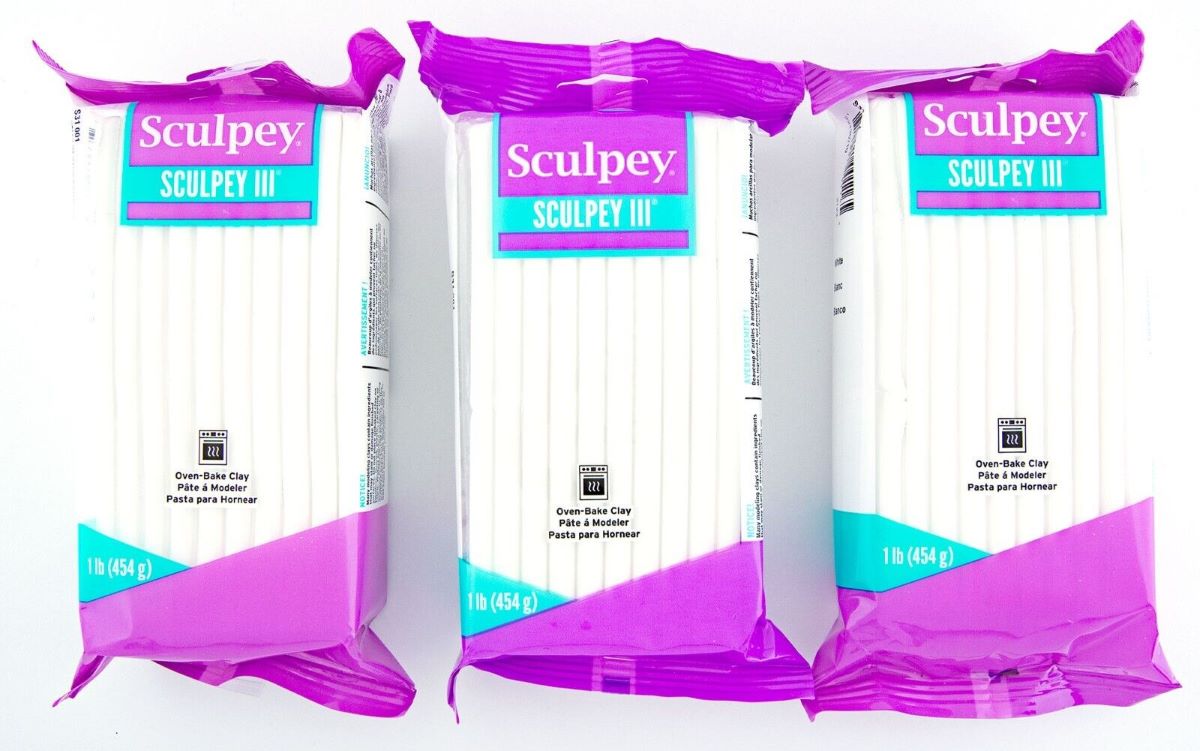
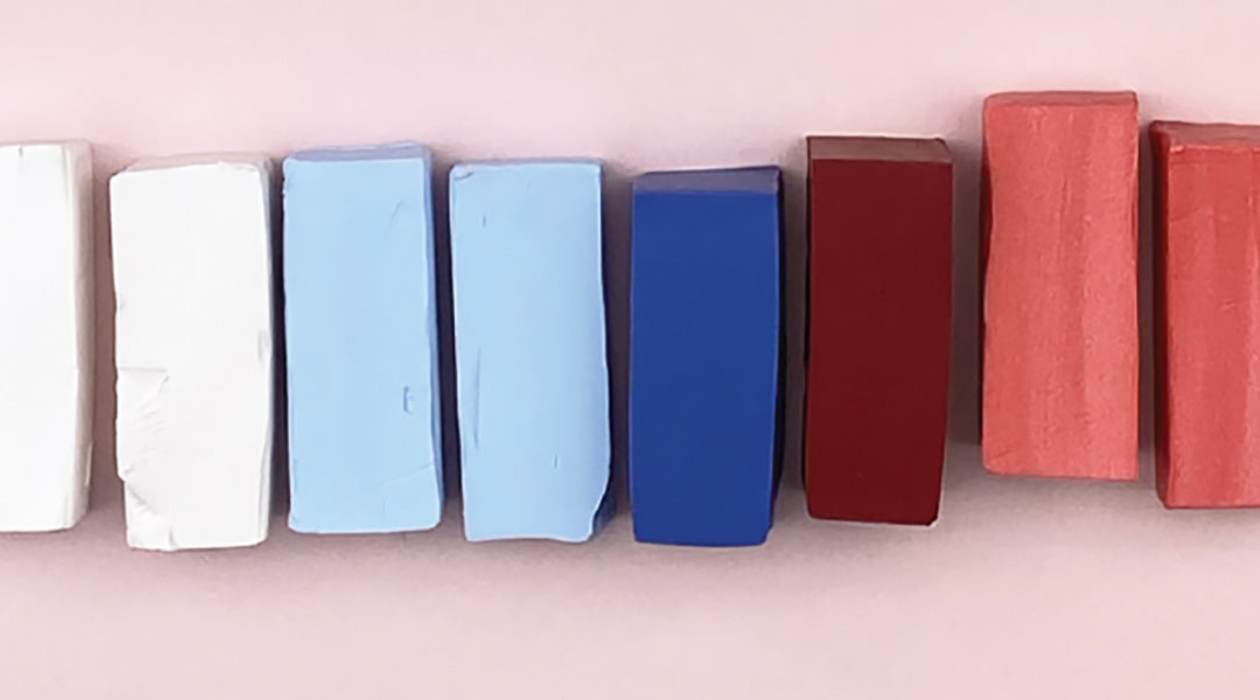
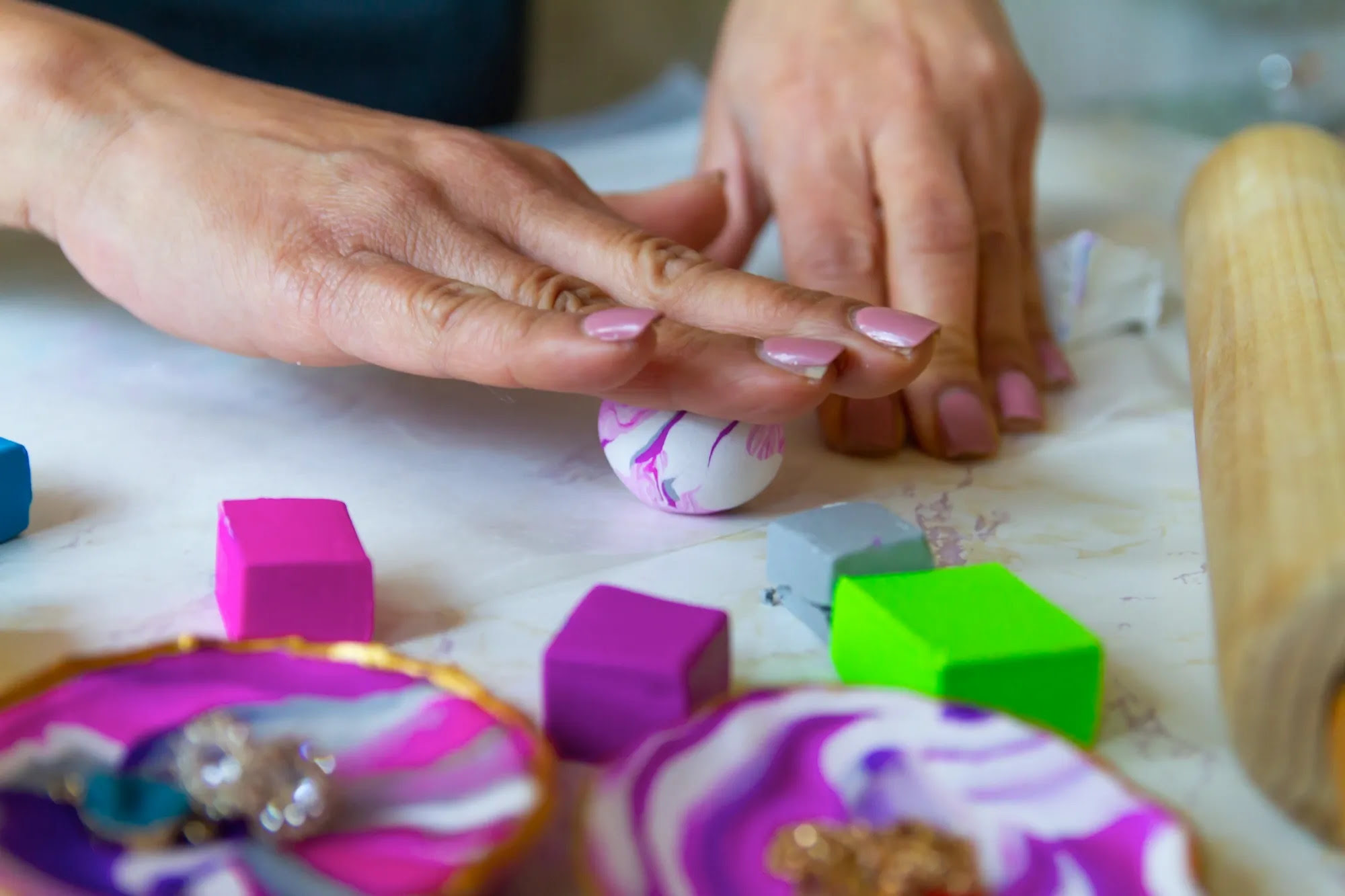
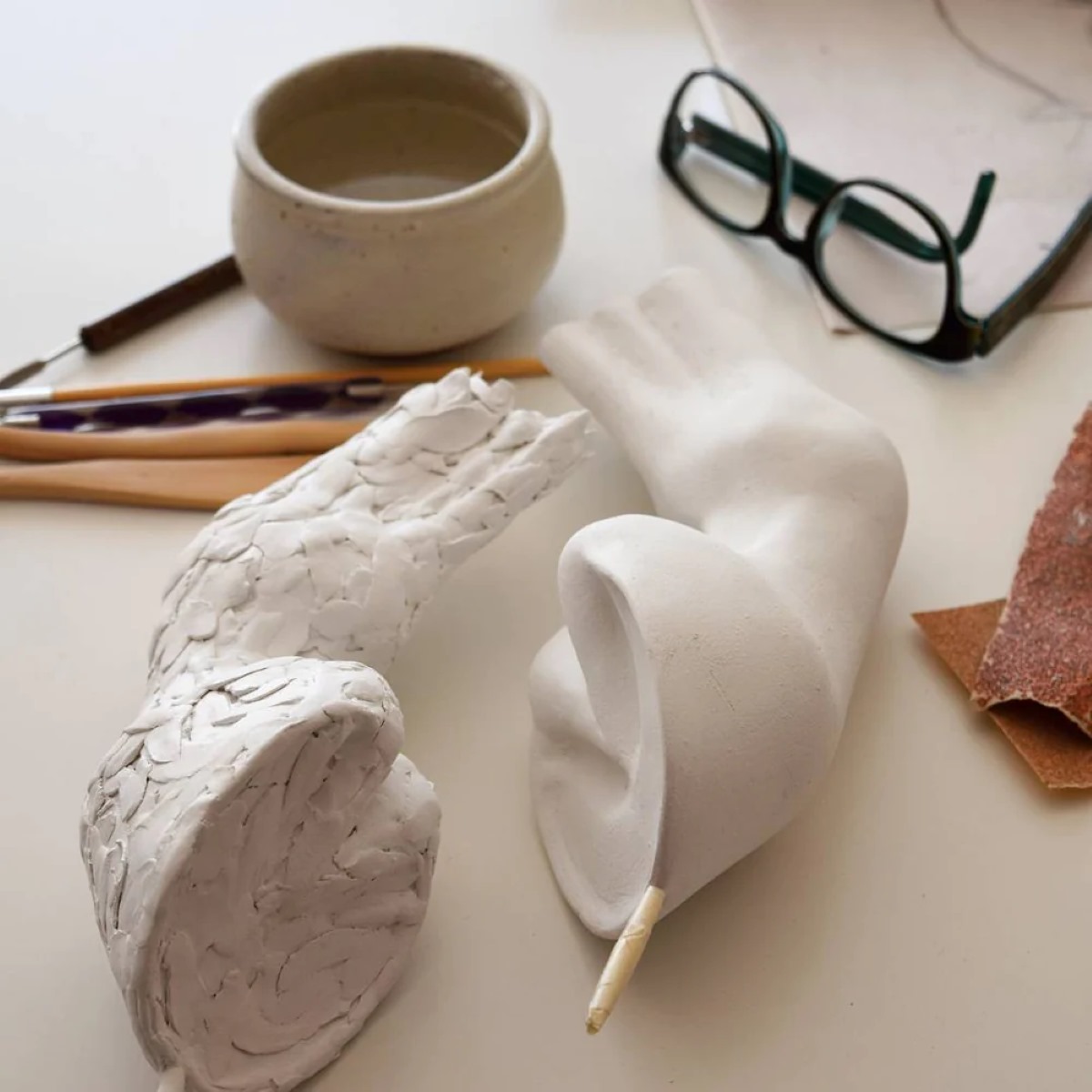
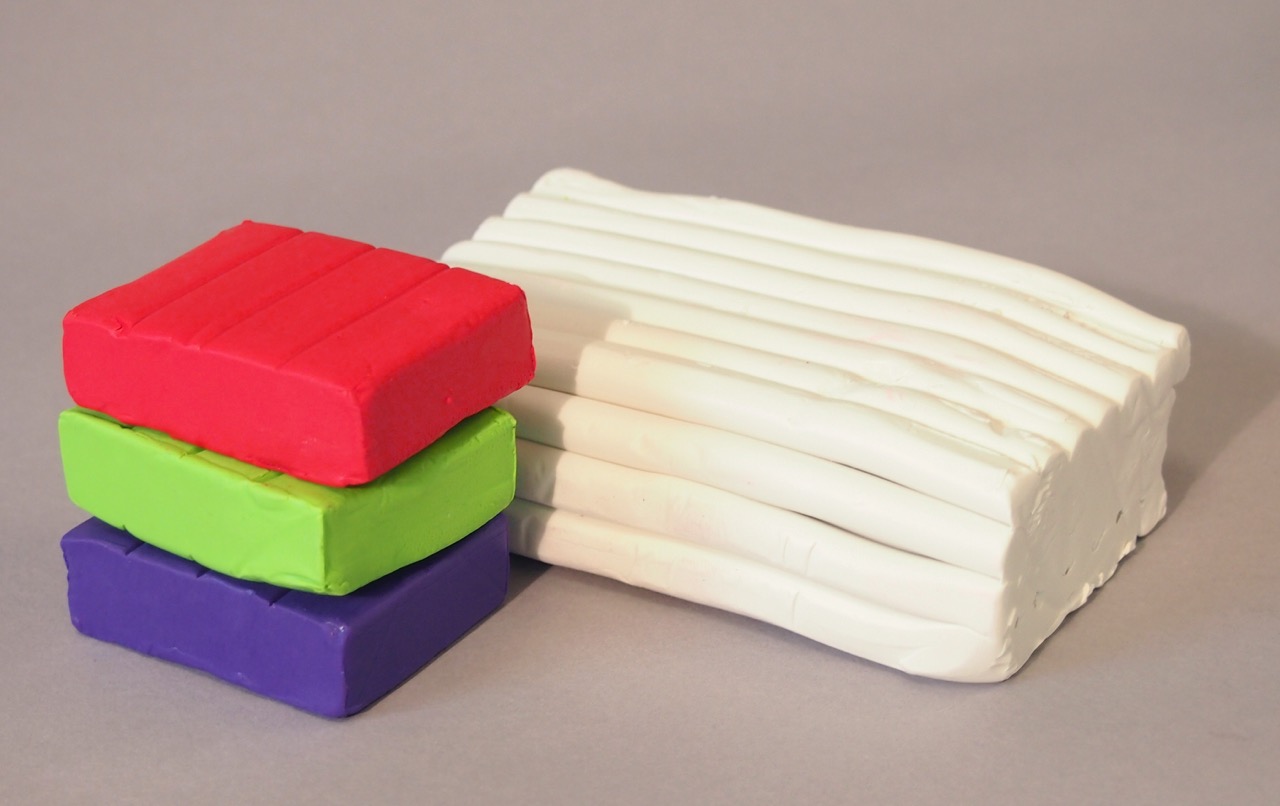
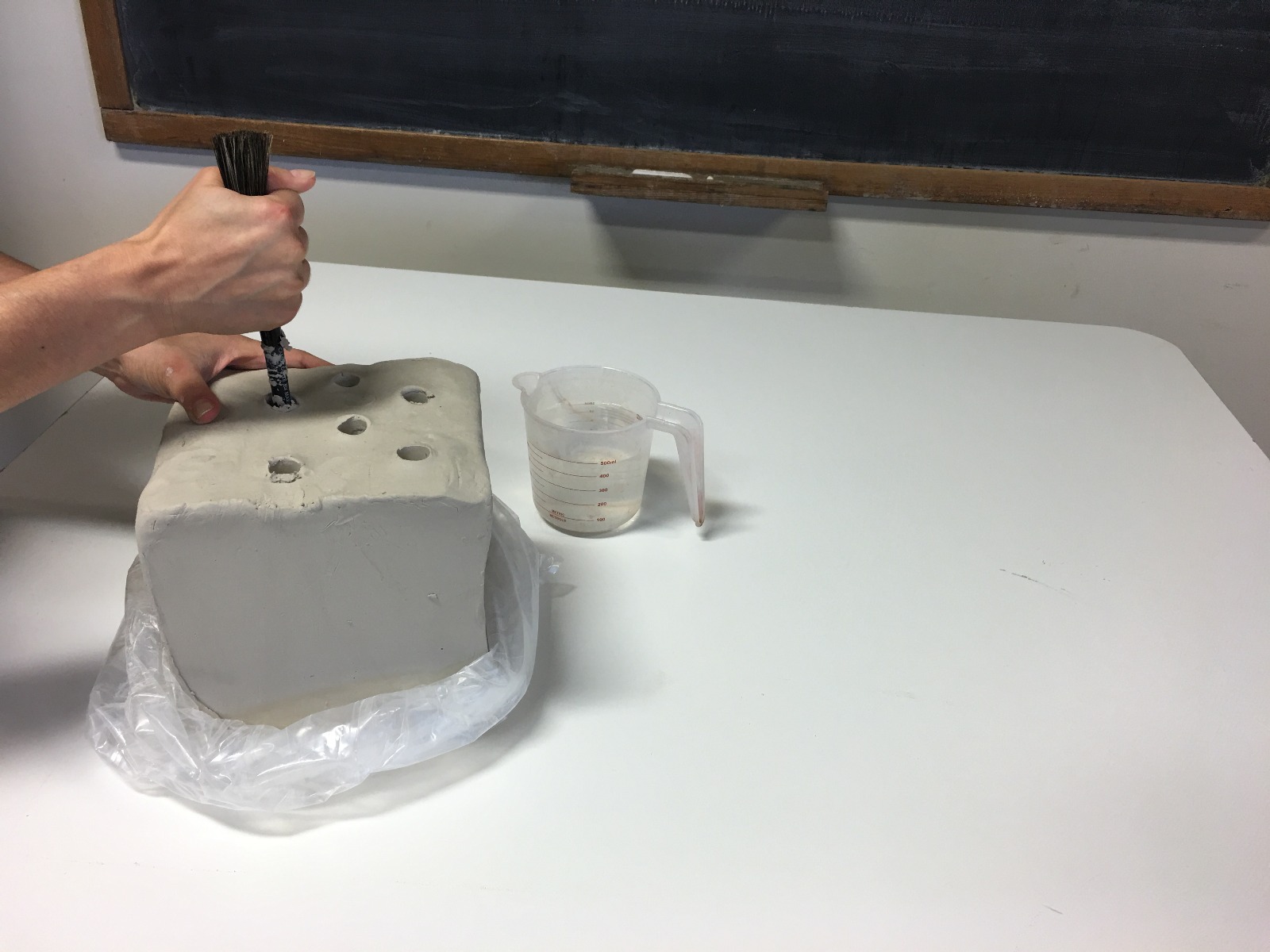

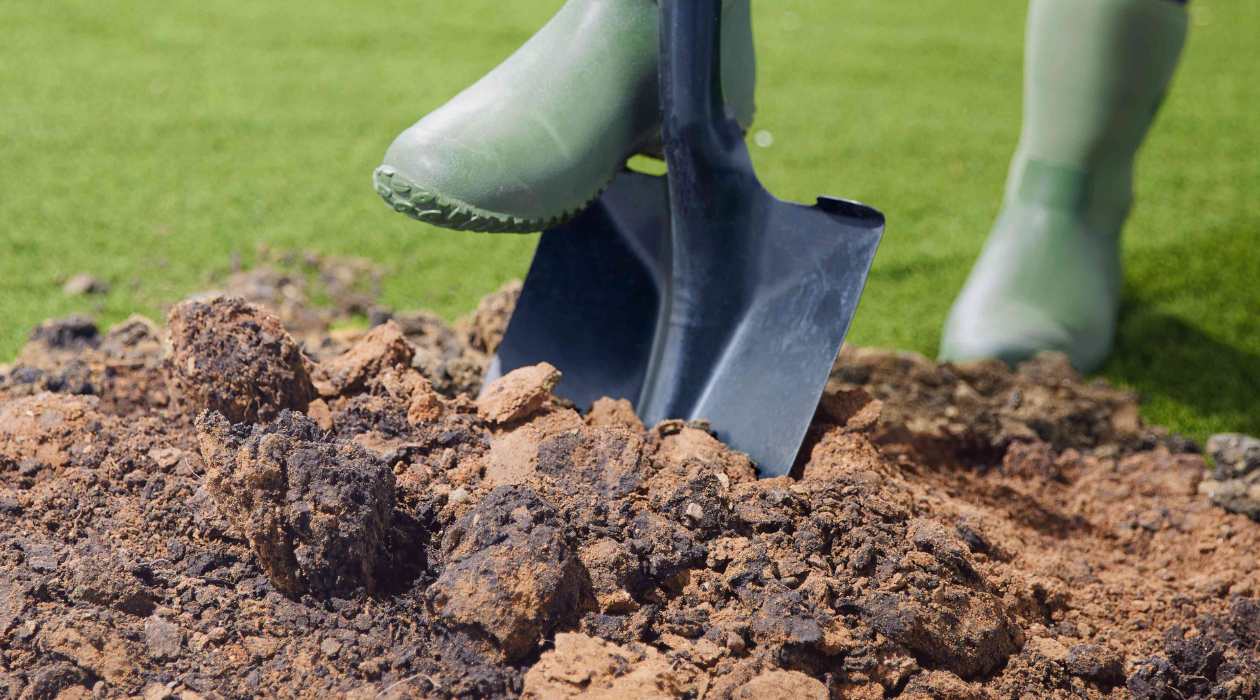

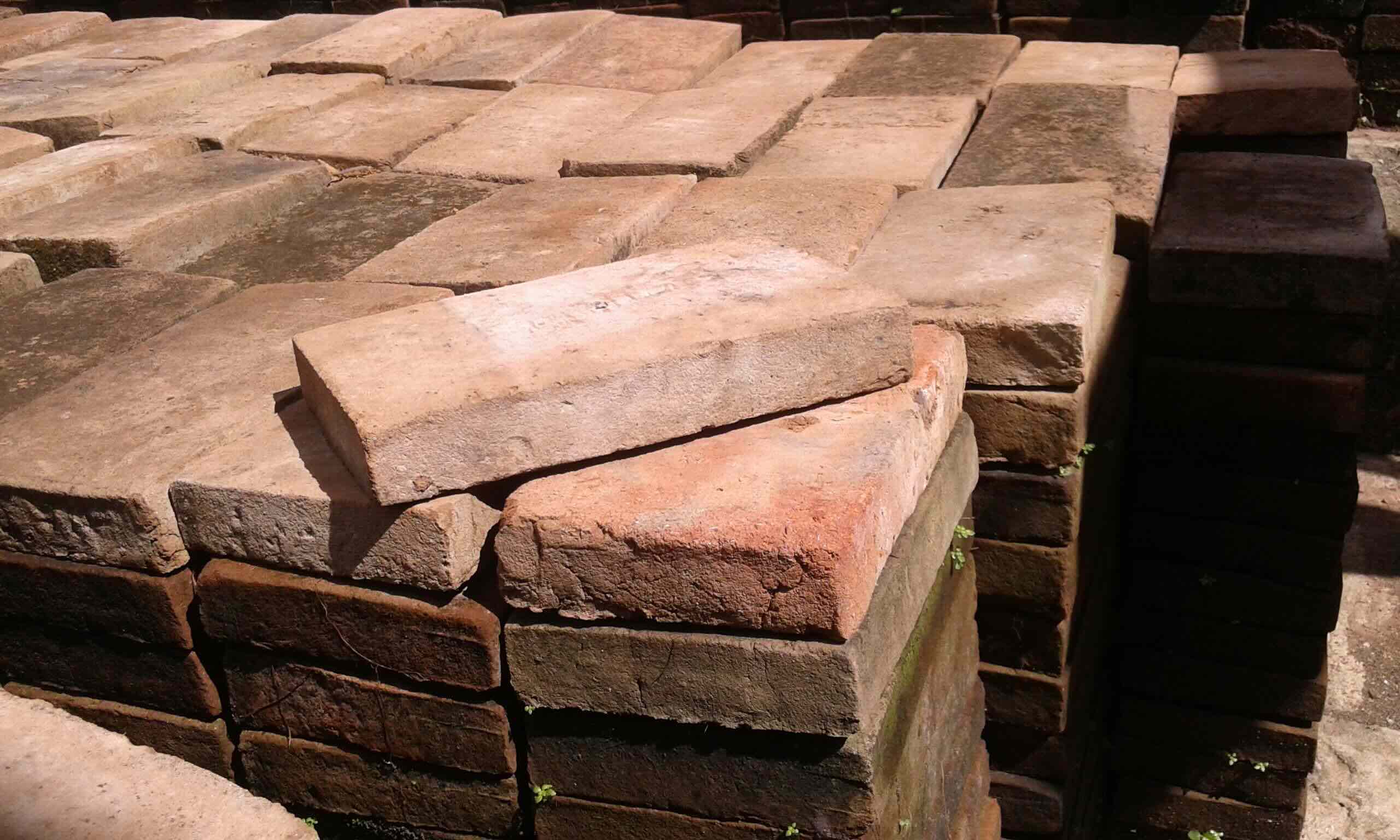

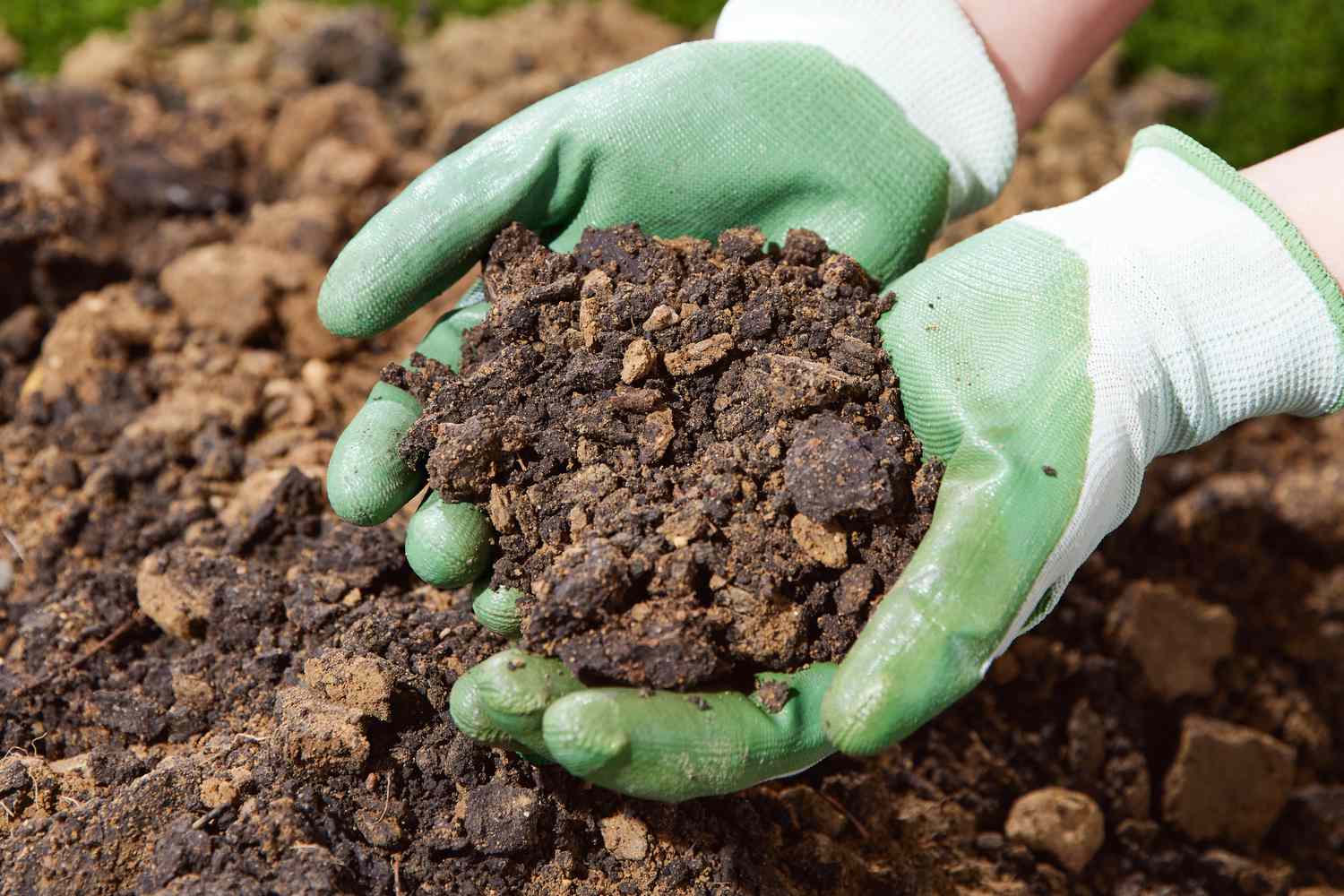
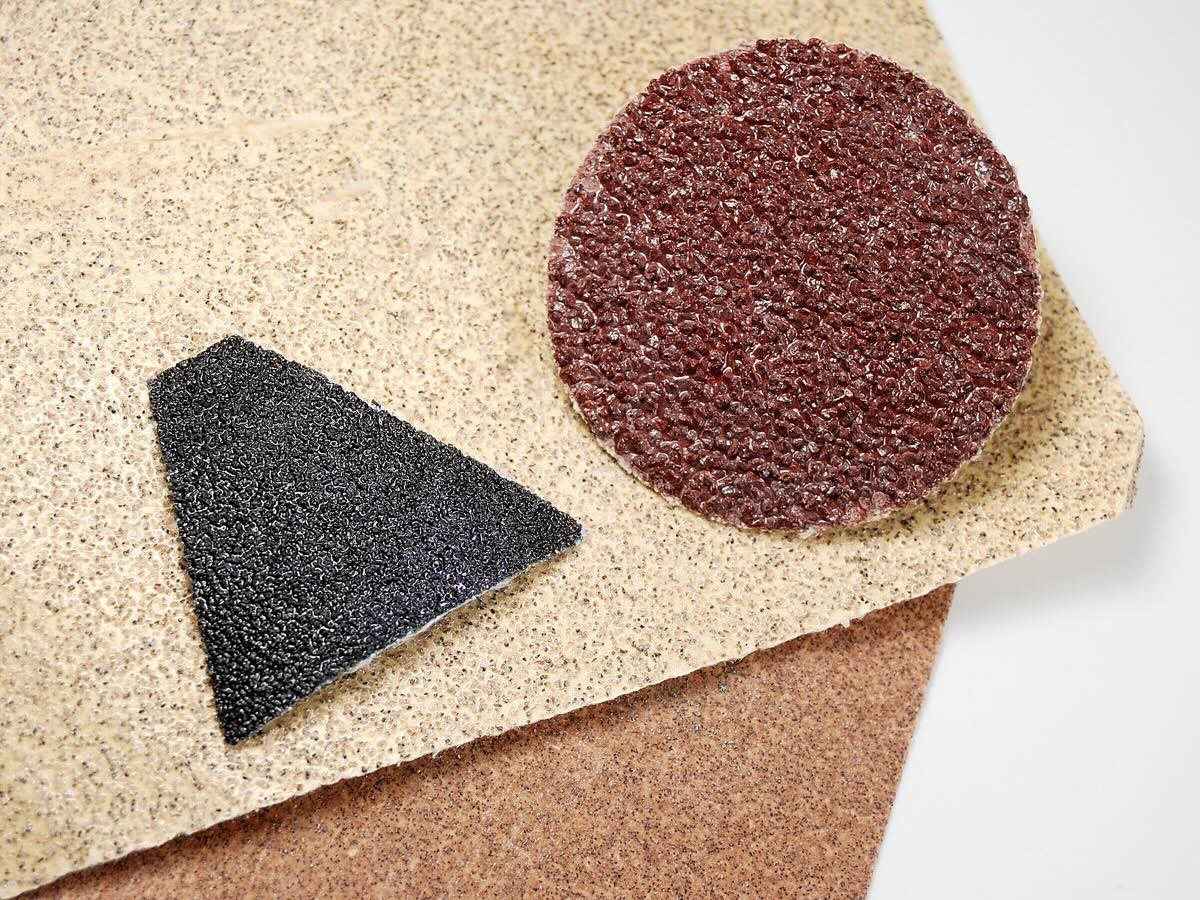


0 thoughts on “How To Store Pottery Clay”